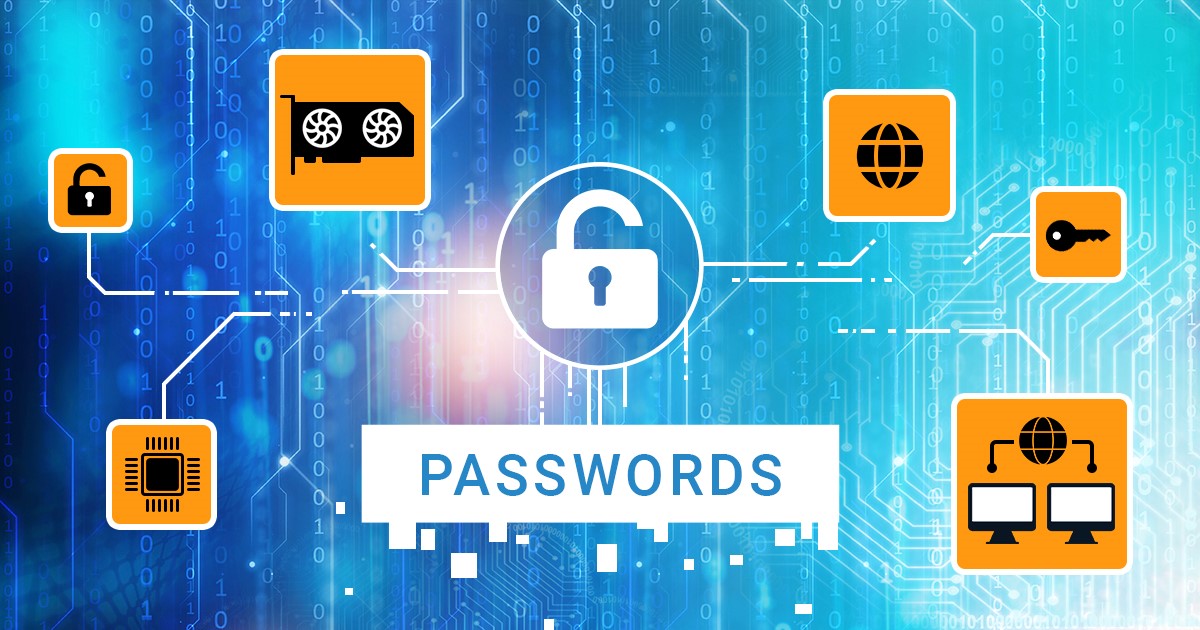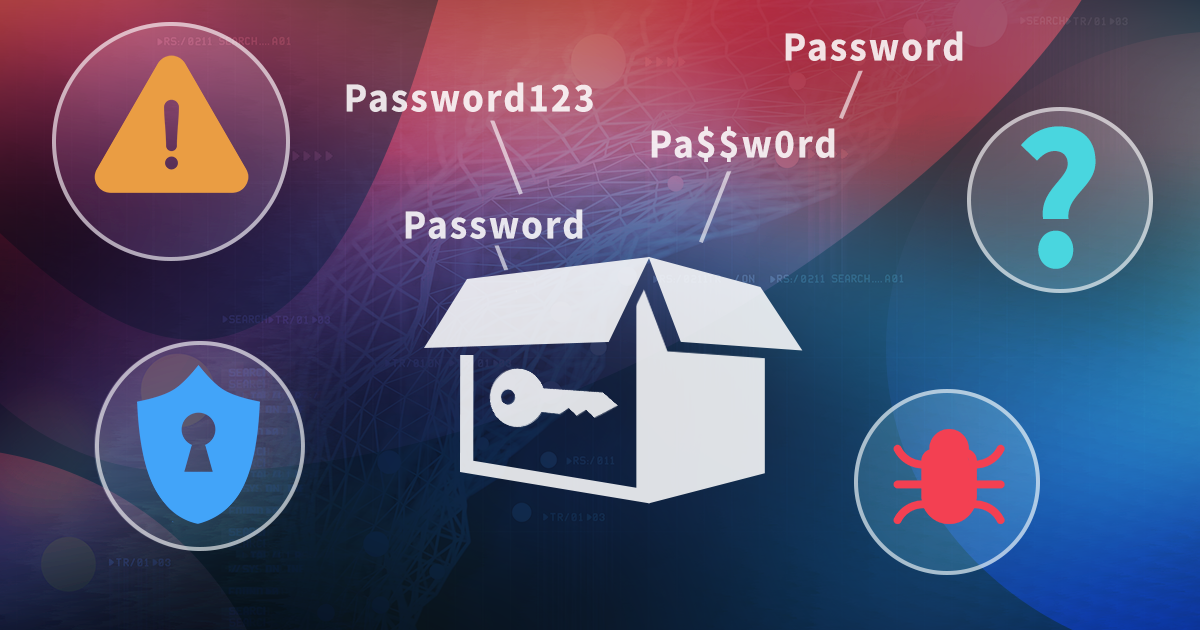Breaking into the Ecosystem: How One Weak Link Can Unlock a Secure Device
May 19th, 2025 by Oleg Afonin
Category: «General»
A forensic examiner receives a locked smartphone – a recent-model iPhone, encrypted and secured with an unknown passcode. No tool works, checkm8 long obsolete, USB port locked. Is this a dead end? Not quite. iPhones don’t operate in isolation. They’re part of a digital ecosystem, and ecosystems often have weak points. This article explores how gaining access through a weak link can compromise even the most secure smartphone.
Collecting Low Hanging Fruits
A common forensic strategy involves going after the low-hanging fruit first. Instead of attacking a hardened device head-on, investigators should begin by gathering what’s readily accessible. In password work, that means extracting credentials stored in browsers or weakly protected files (like Microsoft Office documents saved in legacy mode). These can reveal how the user creates passwords – common words, number patterns, reused fragments. Investigators then build targeted dictionaries and rules to use against more secure data.
The same approach applies to mobile devices. Don’t immediately focus on breaking the toughest target. Look at the full range of a suspect’s tech – old phones, tablets, laptops, smartwatches, Apple TVs, even connected cars. These often offer far weaker protections and may hold valuable clues.
Real-World Examples
Remember BlackBerry? Once considered the toughest to break, today they are abandoned and obsolete. Yet, at one point, we cracked a BlackBerry device using only its encrypted SD card. When SD card encryption was enabled, the phone stored a hash of its passcode on the card – easy to brute-force offline. No need for chip-off or hardware work. Later on we released a tool allowing to unlock such BlackBerry smartphones. Those were the days…
We’ve seen passcodes kept in surprising places and and reused where they should not be. Sometimes, a phone’s passcode is the same as the user’s voicemail password, a note in their phone, or a piece of a browser-stored password from their desktop. In one case, the numeric portion of a password Abrakadabra109214 discovered on the suspect’s computer turned out to be their iPhone’s passcode: 109214. We’ve found critical information in old iPhone notes, including passcodes, account names, and more.
Another common scenario: a new iPhone locked and USB-restricted, but nearby is an old iPhone with a vulnerable bootloader, outdated iOS, and a 4-digit code. That passcode might match the new device or offer hints. Or maybe an old Android; many older (and some current) phones still allow passcode bypasses or data extraction through known chipset vulnerabilities.
During a forensic investigation, an expert encountered an interesting scenario. The suspect had two modern Samsung smartphones, a MacBook, and an iPhone – each device was locked. Both Samsung phones used a pattern lock. At a different location, investigators recovered an old, non-functioning Samsung tablet also belonging to the suspect. Although the tablet was no longer operational, it was successfully revived and booted into fastboot mode, allowing access to the pattern lock file. After decrypting the file, the expert was able to unlock the tablet and then the two Samsung smartphones, which turned out to use the same pattern. Further analysis of the phones revealed login credentials for the MacBook and other passwords, one of which matched the iPhone’s lock screen passcode.
Don’t Forget the Backups
iPhone backups on a user’s computer – though rare – can be a goldmine. Unencrypted backups can contain contacts, notes, and other personal data. Encrypted backups are more valuable, storing saved passwords and tokens, but much harder to crack due to slow brute-force speeds. Still, users often reuse backup passwords; all-digit passwords are still recoverable, and the backup password is stored in the macOS keychain and can be pulled from there.
One Weak Link Can Open the Whole System
Gaining access to just one component – an old phone, a laptop, a smart accessory, or an IoT device – can provide everything from synced metadata and photos to connection logs and trusted device settings. In some cases, you can even access the iCloud keychain, which contains the user’s saved passwords and tokens.
Suspects often forget to fully wipe all their devices. We’ve seen iPhones reset while their paired Apple Watches were left untouched – still holding messages, logs, and often sharing the same passcode. Apple TVs, which don’t allow passcodes, can still sync cloud photos – complete with geotags and metadata. HomePods can reveal daily routines through playback logs or Siri activity, and so on.
Cases of “chain reactions” are also common, where access to one device leads to credentials for multiple other accounts. For example, from an Apple device, investigators may extract login credentials for the suspect’s Google or Microsoft accounts. These accounts often contain extensive data themselves. A Microsoft account, for instance, can be used to access Windows systems and may store BitLocker recovery keys, providing access to encrypted hard drives. Thus, compromising a single device can cascade into broader access across the suspect’s entire digital ecosystem.
Final Thoughts
The most secure smartphones rarely live in vacuum. Over time, users build up an ecosystem: smartwatches, TVs, smart speakers, laptops, all that associated with cloud accounts. Apple has designed these elements to work together – and sometimes, accessing one part gives you access to another. A disk encrypted with FileVault2 can be decrypted with a key stored in iCloud. BitLocker keys (that’s Microsoft/Windows ecosystem) might be saved to a Microsoft account, and so on. All it takes is one weak point – a forgotten backup, a vulnerable device, or a synced cloud account – to start peeling back the layers.
Tools are essential. But software alone won’t get you far. Success comes from the examiner’s skill: combining sources, identifying weak links, and thinking outside the box. That’s how secure systems are truly broken – not with brute force, but with intelligent, targeted strategy.


